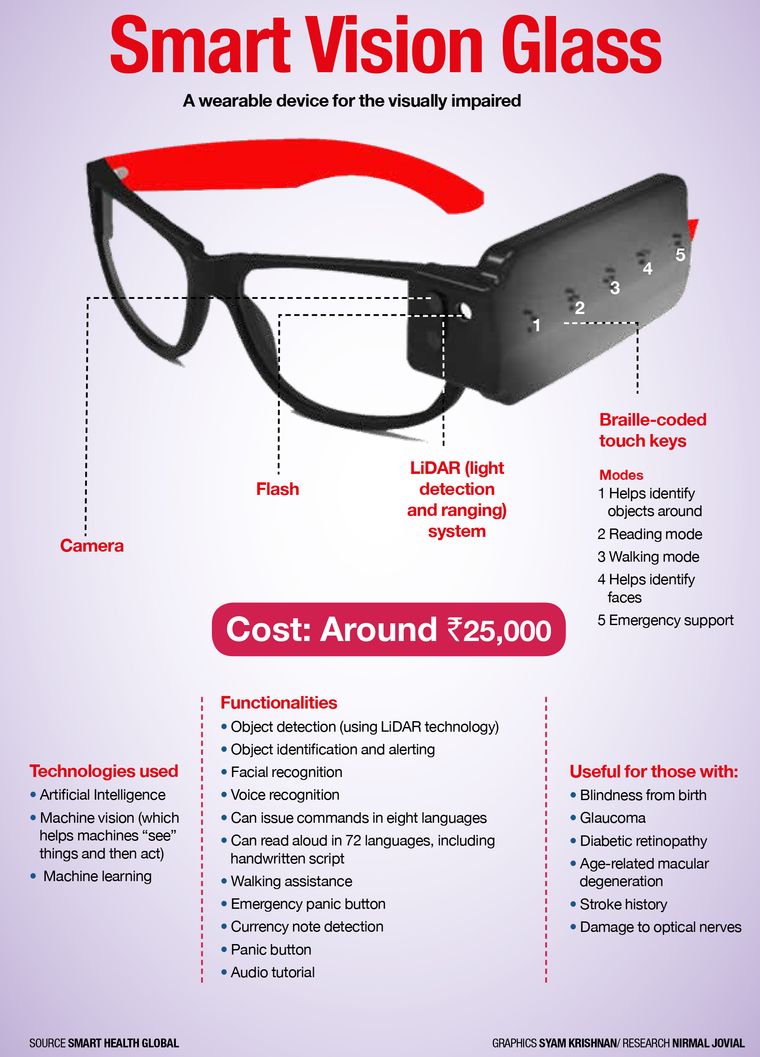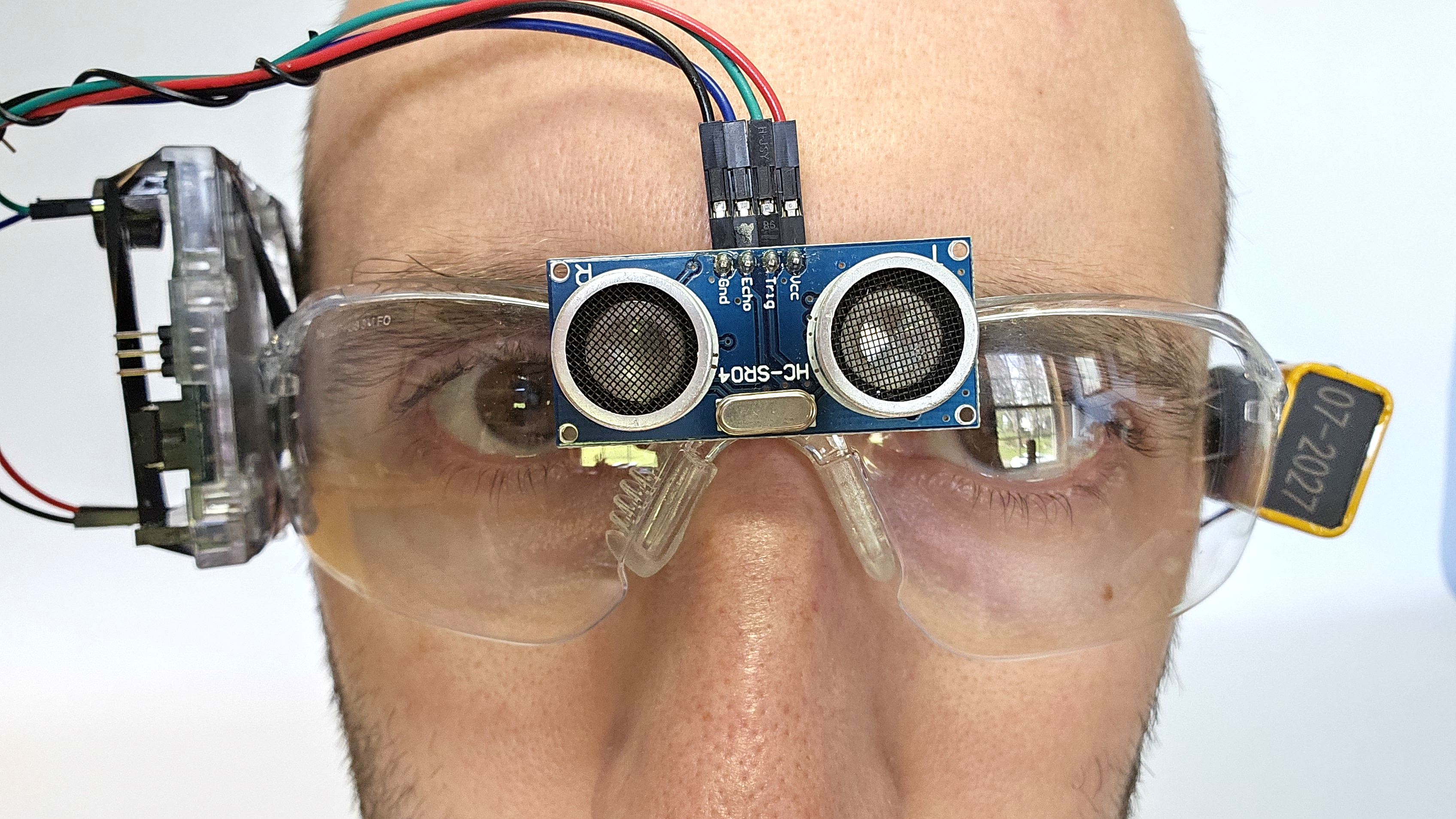Enhancing Ease Of Access Through Assistive Modern Technology for the Blind
The integration of assistive innovation for the blind stands for an essential advancement in access, fundamentally changing just how individuals navigate their environments and involve with culture. As we discover the diverse kinds of assistive devices and their concrete influences on daily living, it ends up being necessary to check out how ongoing technological advancements are reshaping the landscape of support for the blind community.
Summary of Assistive Innovation
Assistive technology describes a variety of devices and software designed to boost the capabilities of people with handicaps, including those that are blind or aesthetically damaged. This innovation plays an important role in promoting freedom and enhancing the lifestyle for individuals. By providing alternate techniques for accessing details and carrying out day-to-day tasks, assistive innovation equips individuals to navigate their environments much more properly.
The development and execution of assistive technology embrace a range of principles targeted at promoting access. These concepts include user-centered layout, which focuses on the demands and choices of the individual, and the assimilation of technology into daily activities. Such developments guarantee that assistive tools are not just practical but additionally instinctive and very easy to use.
In addition, assistive innovation encompasses a diverse spectrum of options, from low-tech alternatives like magnifiers to state-of-the-art innovations such as display viewers and Braille display screens. The ongoing development of this area is driven by the demand to attend to the distinct challenges encountered by people with visual disabilities (Wearable technology for low vision). As technology remains to development, the potential for enhancing accessibility and advertising inclusivity continues to be promising, ultimately adding to an extra fair culture

Kinds Of Assistive Instruments
Various kinds of assistive devices are readily available to sustain individuals who are blind or visually damaged, each designed to address details needs and difficulties. These gadgets can be generally categorized right into 3 main types: low-tech, mid-tech, and high-tech services.
Low-tech tools include products such as magnifiers, Braille labels, and tactile maps. These are fairly easy tools that enhance the individual's capacity to communicate with their environment without needing intricate modern technology.
Mid-tech tools usually involve much more sophisticated attributes, such as digital magnifiers and mobile Braille note-takers. These devices can provide capabilities like speech outcome, enabling individuals to gain access to information much more successfully.

Effect on Daily Living
The schedule of different assistive devices significantly improves the lifestyle for individuals who are blind or aesthetically impaired, affecting their everyday living in profound means. By incorporating innovations such as display viewers, Braille shows, and audio summary services right into their regimens, users gain greater freedom and independence. These devices facilitate accessibility to info, allowing individuals to perform daily jobs, such as checking out e-mails, navigating public spaces, and taking pleasure in media content.
Furthermore, assistive tools equip individuals to engage more totally in social interactions and area tasks. The ability to make use of mobile phones equipped with access features permits seamless interaction and connection with others. This connectivity promotes a sense of belonging and decreases sensations of seclusion.
In specialist setups, assistive modern technology sustains productivity by permitting people to full job jobs efficiently. Tools like voice recognition software and specialized magnification tools allow users to join the workforce on equivalent ground with their sighted peers.

Developments in Modern Technology
Recent technical improvements have actually considerably transformed the landscape of devices available for people who are aesthetically impaired or blind. The assimilation of artificial knowledge (AI) and maker knowing has actually generated applications that improve navigating and item recognition. For example, mobile phone applications can currently use AI to determine and describe surroundings in real-time, offering users with important contextual info.
Additionally, developments in haptic innovation have brought about the development of clever walking canes equipped with sensors that spot challenges and offer responsive responses. This equips customers to navigate their setting with increased confidence and self-reliance. Furthermore, technologies in text-to-speech software program and braille screens have actually boosted the accessibility of digital material, permitting seamless communication with various media.
Wearable modern technologies, such as wise glasses, are additionally making strides in aiding visual disability. As innovation proceeds to advance, the possibility for also more transformative continue reading this devices continues to be on the horizon.
Future Trends and Innovations
As modern technology rapidly proceeds, the future of assistive devices for individuals who are blind holds immense assurance. Developments in artificial knowledge (AI) and machine discovering are positioned to reinvent the means blind users communicate with their atmospheres. For example, AI-driven applications are being developed to enhance things acknowledgment, enabling customers to determine and navigate their environments with higher convenience and precision.
Additionally, developments in haptic responses modern technology are allowing the creation of tactile maps and navigating help that give real-time details with touch. These technologies not just boost wheelchair however also foster freedom. Furthermore, wearable tools furnished with augmented truth (AR) functions are emerging, offering users aesthetic info with audio descriptions, therefore connecting the gap between the digital and physical globes.
In addition, the combination of clever home technology presents new possibilities for availability, allowing individuals to regulate their living linked here settings through voice commands or mobile phone applications. As collaboration between tech developers and the blind area continues, the concentrate on user-centered style will ensure that future developments are tailored to fulfill the special requirements of this population (Wearable technology for low vision). The trajectory of assistive innovation assures an extra empowering and inclusive future for individuals who are blind
Verdict
Finally, assistive innovation plays a vital duty in improving ease of access for individuals with visual problems. The diverse range of gadgets, including screen readers and clever walking sticks, significantly enhances everyday living and cultivates freedom. Constant innovations in innovation and user-centered read here style guarantee that these devices provide effectively to the distinct requirements of the blind area. As advancements development, raised inclusivity and empowerment can be expected, ultimately enhancing the lifestyle for those influenced by visual disabilities.
The integration of assistive innovation for the blind stands for a crucial innovation in access, fundamentally changing how individuals browse their environments and involve with society.Assistive modern technology refers to a variety of tools and software application created to enhance the capacities of individuals with specials needs, including those who are blind or visually damaged. Wearable technology for low vision.As innovation swiftly progresses, the future of assistive devices for people that are blind holds immense guarantee. The trajectory of assistive technology promises an extra empowering and comprehensive future for people that are blind
In final thought, assistive modern technology plays an essential function in improving accessibility for people with aesthetic problems.